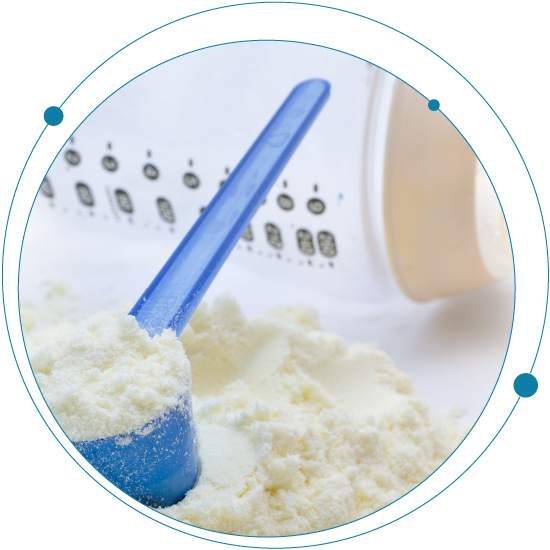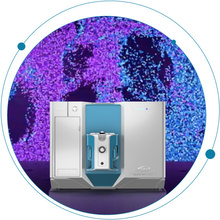Now for part two of my interview with Dr. Wesley Zandberg. Here we spoke about milk oligosaccharides in formula vs human milk, how many there could be and what their future use looks like. Read on to find out what we discussed.
Tags

The future of prebiotics and oligosaccharides in formula milk
Now for part two of my interview with Dr. Wesley Zandberg. Here we spoke about milk oligosaccharides in formula vs human milk, how many there could be and what their future use looks like. Read on to find out what we discussed.

The importance of human milk oligosaccharides (HMOs): prebiotics in milk and milk products
Recently, I had the pleasure of talking to Dr. Wesley Zandberg, Assistant Professor at the University of British Columbia, who completed his PhD and post-doctorate work at Simon Fraser University. While working on projects aimed at developing inhibitors for the enzymes that break down complex carbohydrates, Wesley was introduced to the challenges associated with analyzing the surprisingly complex range of carbohydrates found in nature. Students in the Zandberg lab are now focused on developing improved analytical methods for glycobiology.
The risky business of aflatoxins in milk
If you’re in the dairy or food testing business, you know the threat aflatoxins pose. Aflatoxins are a type of mycotoxin produced by Aspergillus parasiticus, aspergillus flavus , and rarely aspergillus nomius.1 These are likely the most extensively researched group of mycotoxins because of their adverse health effects.2 What’s more, they are widely found in a variety of crops, namely maize, tree nuts, and spices. Believed to be primarily caused by rising temperatures and humidity, these naturally occurring fungi grow on crops in the field, or during storage of feed and raw materials, where they can potentially produce toxins that enter the food chain.

Breaking down the SCIEX Triple Quad™ 7500 LC-MS/MS System – QTRAP® Ready
Sensitivity and robustness carry different meanings in the world of mass spectrometry. Generally, sensitivity refers to an instrument’s ability to achieve lower limits of detection (LOD). Robustness, on the other hand, refers to an instrument’s ability to consistently...

A rising star in food allergen research: proteomics of shellfish allergen
It’s important to know what you’re eating, especially if you suffer from a food allergy.
About 220 million people worldwide live with a food allergy.1 These numbers, along with the complexity and severity of conditions, continue to rise. In America, there are about 32 million food allergy sufferers—5.6 million of those are children under the age of 18.2.2 That’s 1 out of every 13 children, or about 2 in every classroom. From a financial perspective, the cost of food allergy childcare for US families is up to $25 billion
No Results Found
The page you requested could not be found. Try refining your search, or use the navigation above to locate the post.
No Results Found
The page you requested could not be found. Try refining your search, or use the navigation above to locate the post.



 Contact Support
Contact Support